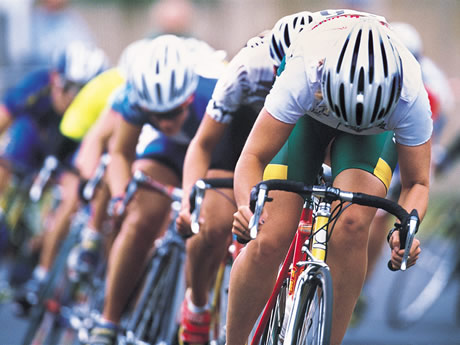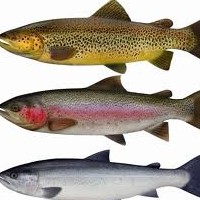Getting The Most From Your Driver
Other than your putter, the club in your golf bag that exerts the most influence on your golf game is your driver.
As you well know, a good drive sets the tone for the hole (as does the inverse). Once off the tee box, will you be 'taking your medicine' as you chip out of the woods and back into play for your second shot? Or, will you have a really long iron into the green with the odds not really in your favor?
At this early point in this article, I have opened up way more possible avenues for discussion on the driver, so I'd like to narrow the focus to getting the most out of your driver.
The conventional wisdom is that you would rather be long and crooked than short and crooked when it comes to golf and your relationship with your driver. In fact, when it comes to working with people and hitting their driver; I try to get people to first get good distance on their drive. If you are getting your drive 'out there' a good distance, that at least tells me that you are doing some things correctly in your golf swing mechanics that allows for such distance. For those of you who fall into this category... we'll work on your accuracy in another article.
However, for those who actually do fall into the category of not much distance on your golf drives (accurate or not) let's take a look a few basics that will help you gain some yardage.
When it comes to getting the most distance you can on your golf drives and all other shots, you have to create proper angles and leverages with your body within your golf swing.
When we talk about and analyze those who we admire for the distance they get with their drivers, many times the term coil, or body coil will come up in some context or another.
Coil is indeed a key element to getting good distance, but let's be a bit more specific. You have to combine your coil with resistance and tension between your (starting from the top) shoulders, hips, and legs.
Your shoulders will turn (coil) the most. In relation to your shoulder turn, your hips will follow suit but only about half as much turn. The foundation of your golf swing (your legs) will coil very little... and your feet won't turn at all. Your left heel may come off the ground as your coil peaks, but you won't 'spin' your foot. These three varying degrees of turn ultimately create resistance to one another and create very powerful stored energy.
Now for the most difficult part... how and when to release this energy. Difficult from a physical and article standpoint.
Almost all high handicappers and beginners share the same malady from this position at the top of their golf swing. They release the energy from the top and try to accelerate at the golf ball from the top down. It's only human nature to think that the longer run I have at the golf ball the faster the clubhead will be moving at impact... right?
Well... no.
You see... the stored energy that you have created with the three diverse angles, is but a fleeting thing that must be applied with timing not brute force. Getting your golf swing from the top down into the impact zone is done from the ground up. From the top, initiate your swing by shifting your weight from your back foot to your front foot. As your weight begins to transfer, your hips will start to 'uncoil first'. Then and only then should your shoulder begin to follow suit; with your wrists still very much in the cocked position; still storing that energy that will ultimately be transferred to the shaft of your driver.
As your hips pass through the impact zone and your belly button moves toward your target, your shoulders and arms are now traveling at and your hands (with no conscious effort from you) are beginning to release all of this energy into the shaft of the golf club. Take a look at some still photos of this and check out how much the shaft of the golf club flexes just before impact. It's amazing.
As you work with your golf pro or teaching professional and you begin understand how all of the physics of this feels to you; you will get the sensation that your hands and golf club (the driver in this case) actually feel as though they 'lag' behind the rest of your movements through the hitting zone.
Once you begin to fee this sensation, this is a good thing because you'll know that you are not 'casting' off all of your stored energy from the top of your swing. You are beginning to save it for just the right moment.
As you practice and build upon what you now have discovered, you'll find that your distance is greater while your physical effort feels lesser.
Work on this concept with your driver and your other golf shots as well. Once you can consistently apply proper rhythm and timing to your drives, you'll have your distance... and accuracy won't be far behind.
Golf Swing - An Amazing Tweak For A Killer Drive
Easy Golf Swing Tips To Boost Your Game Overnight


